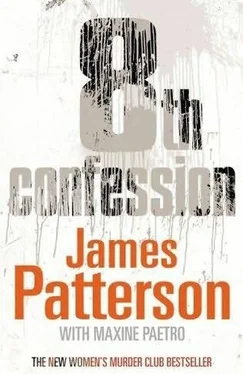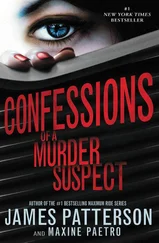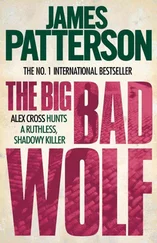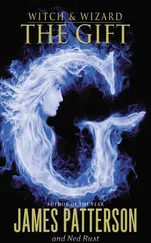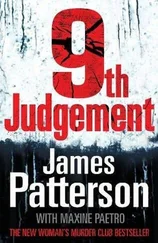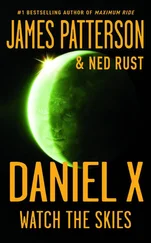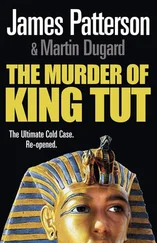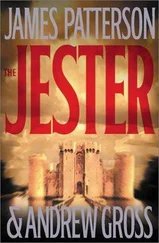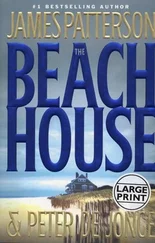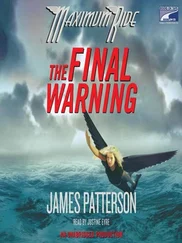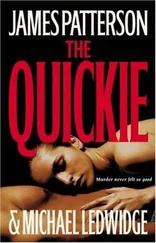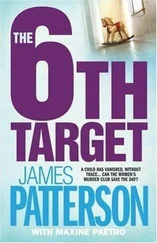I stood just inside the doorway as Conklin went to the bartender, flashed his badge, talked quietly under the television’s blare. The bartender’s eyes went to me, then back to Conklin.
Then he pointed to a man at the head of the bar who was sipping a beer and looking up at the TV screen, unaware that we’d come through the door.
Conklin signaled to me, and we approached Henry Wallis. Maybe he had eyes in the back of his head, or maybe the guy next to him saw us and gave Wallis a nudge, but he whipped his head around, saw my hand going for my piece, and made for the rear exit.
Conklin yelled, “ Freeze! Wallis, stay where you are.”
But the man took a turn around the kitchen and kept running until he reached the back door, which banged shut behind him.
When we opened the door seconds later, Wallis was inside his rusty black Camaro and was shooting down Albion Street like a cannonball.
I CALLED DISPATCH, requested backup as Conklin floored our car up the deserted street.
The no-nonsense voice of the dispatcher Jackie Kam came over the radio and declared a code 33 – silence on our wave band – and alerted all cars in the area that we were in pursuit of a black Camaro heading up Sixteenth toward Market.
This was bad.
School was out, the worst time for a high-speed chase, dangerous for me and Conklin, potentially lethal for other drivers and pedestrians.
I flipped on our sirens and grille lights. Wallis had at least thirty seconds on us, and as he pulled away going seventy, it was clear that he wasn’t slowing down for anything or anybody.
“I can’t read his plate,” I said to Dispatch. But we were almost close enough when the harsh screech of metal on metal, accompanied by panicky horns, preceded the sight of a taco van tipping over.
Wallis’s car backed up, then hauled ass, whipping around the fallen van, fishtailing across both lanes, and caroming off a parked station wagon. Then Wallis jammed down the pedal, leaving rubber on the asphalt and the disabled van in the middle of Market.
I called in the collision, urgently requested EMS. As we blew past the van, the driver staggered out into the street with blood on his forehead, trying to flag us down.
We couldn’t stop. I swore at the son of a bitch Wallis as Conklin floored our car toward the intersection of Market and Castro.
I had the plate number now, and I called it in: “Foxtrot Charlie Niner Three One Echo heading toward Portola.”
Portola is a twisting grade, and we were flying around those turns at fifty, the Camaro getting even farther out in front of us. All along Portola, vehicles ran up on the curb and bikes hugged the sides of buildings.
We assumed more patrol cars were on their way, but for now we were still alone following Wallis.
“Dispatch! Any casualties?”
“Walking wounded only, Sergeant. What’s your location?”
I told Kam we were on Twin Peaks Boulevard, the top of a small mountain in the center of the city. I’d busted teenagers making out under our main radio tower on that spot, but now I was hanging on to the dashboard as Conklin screamed, “Bastard!” and sped up the insanely treacherous road lined with two-foot-high guardrails, dented where cocky drivers had gone ballistic.
We were closing in on Wallis as he began his high-speed descent toward Clayton, a snaky and steep slide that sent my guts into my throat. I clenched the microphone so hard I put fingernail marks in the plastic.
I called in our location again: we were heading into the Upper Haight, a residential area of Tudor and Victorian houses occupied by young families who lived on the genteel tree-lined streets.
A child, a woman, and a dog appeared in our windshield. I screamed, “Noooo!” Conklin leaned on the horn and the brakes, took us up on the sidewalk, our wheels flying over the curb, our siren wailing like a wounded banshee as we slammed back onto the street.
Conklin grunted. “Everything’s under control.”
Who was he kidding?
I looked behind us and saw no bodies in the street, but still my heart was airborne. Were we going to survive this joyride? Would we kill people today?
“Where is this asshole taking us?” I asked the air.
“To hell. He’s taking us to hell, ” Conklin said.
Did he know?
I think he did. Somehow Conklin instinctively knew where Henry Wallis was heading.
It took me another minute to get it.
I GRIPPED THE DASHBOARD, stared out as the streets blew by and we played dodge ’em with innocent bystanders, wondering if Henry Wallis was our man. Had he killed three people last week?
Had he killed a total of seven?
How many more would he kill before we stopped him?
“Hang on, Linds,” Conklin said, wrenching the steering wheel hard. We squealed onto Haight Street, where the likelihood of mowing down punks, retired flower children, old people getting in or out of their cars, was close to 100 percent.
“Haight dead-ends at Stanyan!” I shouted.
We followed the fool in the Camaro, speeding a hundred feet in front of us, sparks coming off his right rear bumper, which now dragged in the street.
Wallis still outran us because he simply didn’t care what he hit – and he refused to be boxed in. He made the right turn down Stanyan, drove nearly a block before pulling an illegal left across two lanes of traffic to go into Golden Gate Park.
The imposing Conservatory of Flowers, a giant greenhouse originally from another century, rose up on our right. I envisioned a colossal spinout in my mind, a James Bond-worthy scene of that greenhouse exploding into a trillion shards.
But Wallis skidded and avoided a crash.
I yelled, “Rich, look out!”
We followed the Camaro into a cacophony of horns and squealing tires, the bumper-car chase carrying us forward because we had no choice.
In the heart-stopping minutes we’d been on the Camaro’s tail, I hadn’t seen another cop car, marked or otherwise. I could hear sirens in the distance, but we were alone, powering our Crown Vic at warp speed, Wallis’s junker a half block ahead of us as he took the park drive toward Ocean Beach.
We drafted behind him as the terrain sloped sharply downward. Runners with dogs jumped out of the way. My God, I wanted to cover my eyes, but I couldn’t.
The boat pond was on our right, filled with seniors and kids driving remote-control ships, and then our two cars screamed past soccer fields with high-school teams standing openmouthed as we passed.
We were climbing again, the road heading straight up to Sutro Heights, almost to land’s end, when Wallis veered out of the park and onto Point Lobos Avenue, four fast-moving lanes.
As I yelled our location into the mic, Wallis took a hard left over the median strip and pointed his car like a rocket up toward the Cliff House, a landmark restaurant perched on the western edge of the continent over a rocky cliff that plunged straight down to the Pacific.
I could see it now: Wallis was going for a dramatic Thelma amp; Louise exit, but his would be a solo flight. As the Camaro crashed through guardrails and left the road, I saw the frankly unbelievable: the driver’s- side door opened and Wallis jumped out.
But he’d mistimed his jump.
As the Camaro made its wobbly one-way passage off the cliff toward the gray water below, Wallis plummeted alongside his car, both vehicle and man dropping in slow-motion, as if in a dream.
Rich braked our car in front of the broken wall, and we peered over the promontory in time to see the Camaro explode in flames.
“There,” I said. “He’s there!”
Wallis’s body was fifty feet below us, a tangle of bloodied flesh. It was an impossible climb down, a straight 180 degrees over wet and jagged rocks. Conklin took my hand and I gripped his, stood hypnotized as the fire crackled and burned.
Читать дальше
